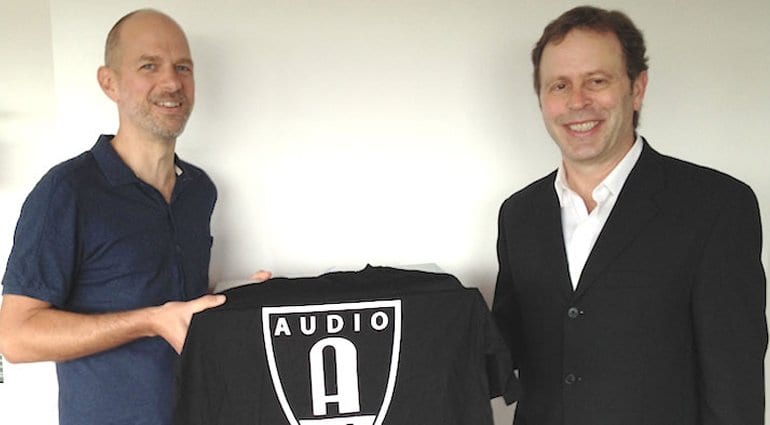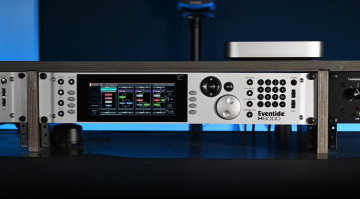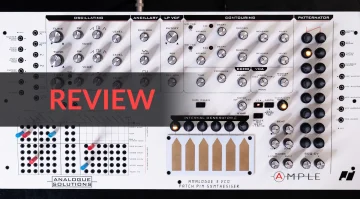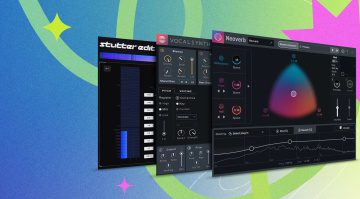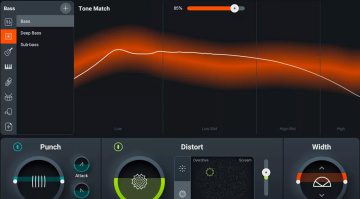Eventide prototype multichannel effects processor seen
As one of the industry’s greatest effects manufacturers, Eventide need an up-to-date hardware solution and this might be it. There’s a demand and a current trend in the market for hardware with modern connectivity, including audio-over-IP and higher channel counts than before. Seen at AES Paris last week, it appears they’re working on something special. It’s great to see they’re continuing to develop a solution ‘out-of-the-box’. But what’s in the box?
Who said DSP-based systems were dying out?
I’m so pleased to hear about these types of developments. Many professionals are predicting DSP-chip based audio processing solutions are reaching extinction now that computer processing power is greater. Although this trend is noticeable on many levels, I’m not yet convinced. Technology always has and always will continue to reach new heights, but that only enables us to achieve greater and more complex tasks. In the world of digital audio with today’s processing power available, many manufacturers are releasing plugins and processing tools of a higher quality. There are inevitable compatibility issues with software solutions that host-based systems are almost immune too. I’m definitely voting for DSP-based solutions, and a new modern development from a company like Eventide is really encouraging.
What have Eventide got in store for us?
This could be a replacement for Eventide’s flagship hardware effect processors, the H8000 and the H9. At the very least, it’s safe to assume that many of the current effects and algorithms found on these devices will continue to live on, inside whatever this new and improved unit will be. Unofficial information suggests the new units will be powered by ARM processors that can be upgraded as future chips are released. Future-proofing DSP hardware is very difficult, but at least they’re considering it.
It’s not very clear what this new level of DSP power will be capable of, but with 32 inputs and outputs they’re certainly going in high. This channel count will be made up from several current connectivity options including Thunderbolt, and the main AoIP protocols: Dante, Ravenna and AVB.
Adding to the modern design approach, controlling the hardware will supposedly compare with other similar solutions. This should include full integration with Avid Pro Tools and a GUI that runs on desktops and iPads via USB or WiFi.
Reference
The source of this article, and currently the only information available is via PSN’s website. We’re watching this space for more details… apparently we might see something around October this year, at AES in LA.

